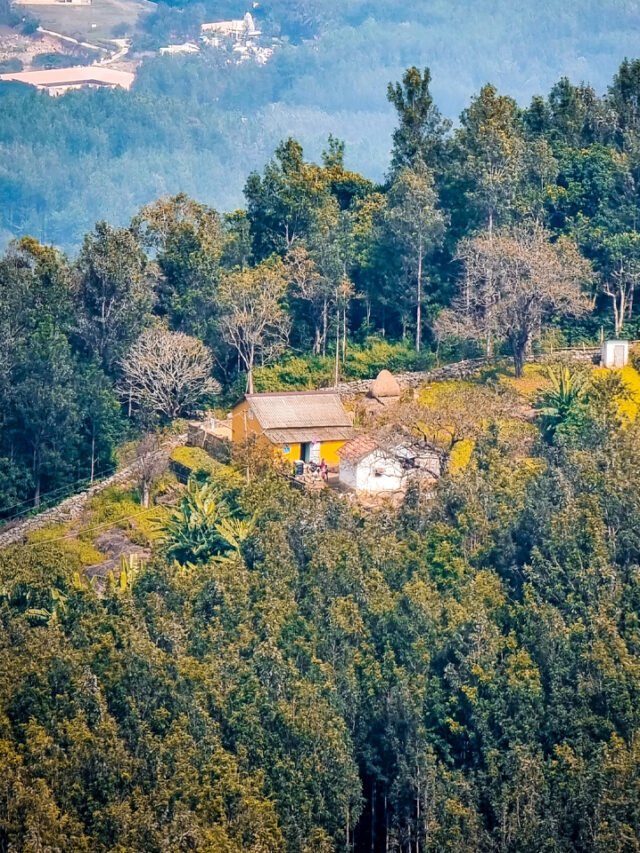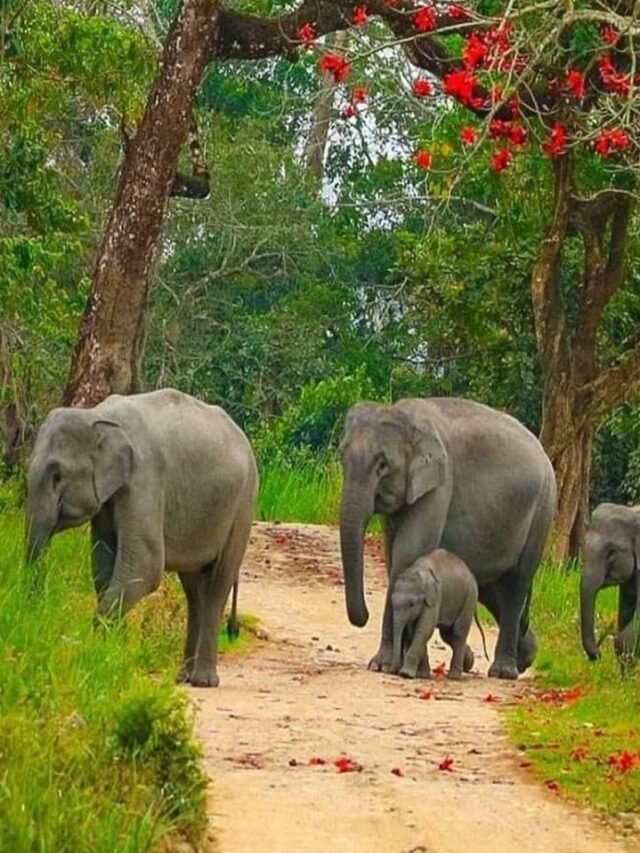HT Digital
GUWAHATI, MAY 5: Despite persistent resistance from pressure groups in Meghalaya, particularly in the Khasi Hills, the Ministry of Railways remains committed to advancing railway connectivity in the region, including the state capital, Shillong. Union Railway Minister Ashwini Vaishnaw reiterated the Centre’s determination during an informal interaction with journalists at the Waves Summit held in Mumbai.
“We are fully committed to this initiative and will continue working towards providing the people of Meghalaya with affordable and efficient transportation,” Vaishnaw said. He emphasized that the Ministry of Railways will not withdraw from its plans and is actively coordinating with state authorities to push the projects forward.
The Minister acknowledged the opposition faced from local groups but highlighted the long-term benefits of enhanced connectivity for the state. “This is part of a broader vision. While we understand the concerns, we cannot lose sight of the larger development goals,” he added.
Railway development in Meghalaya has faced significant delays over the years, primarily due to sociopolitical concerns raised by local organizations. In April, a renewed effort to revive talks was initiated after the Ministry requested the state government to return unutilized funds previously allocated for land acquisition linked to proposed railway lines.
Pressure groups in the Khasi Hills have been vocal in their opposition to railway expansion, fearing an influx of outsiders that could threaten the region’s cultural and demographic composition. These groups have consistently demanded the implementation of the Inner Line Permit (ILP) system as a precondition for any railway project to move forward.
In contrast, the Garo Hills region in western Meghalaya has had functional railway connectivity for nearly a decade. Mendipathar in North Garo Hills remains the state’s only rail-linked town, with no major concerns reported regarding outsider influx or demographic changes.
The state government has reiterated that any railway infrastructure development must be aligned with public consensus. However, attempts to negotiate with pressure groups in the Khasi Hills have so far yielded little progress, leading the government to cautiously explore alternative approaches to development.
As the debate continues, the issue remains a flashpoint in Meghalaya, highlighting the delicate balance between infrastructure development and the preservation of local identity. While the Centre presses forward, public opinion in the state remains divided, and the path ahead for railway expansion is still fraught with challenges.












